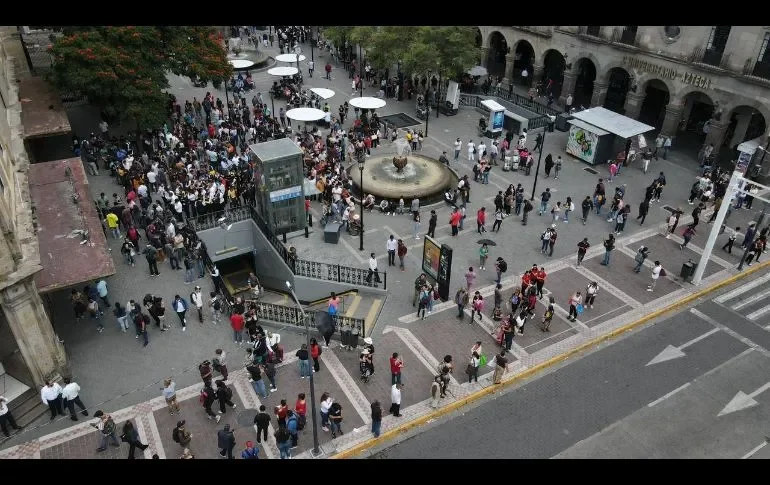5.4 Magnitude earthquake strikes Western Mexico
It’s the latest major quake in Mexico’s feared month of ‘Septiemble’.
Mexico is one of the world’s most seismically-active countries.
September 22 saw earthquakes reported throughout western Mexico
A 4.8 magnitude tremor followed, also off Jalisco’s coast.
Chiapas registered a 4.6 magnitude quake southwest of Huixtla.
Oaxaca, Colima, Veracruz, Guerrero, and other states saw smaller quakes overnight.
Mexico was rattled by a series of earthquakes on Monday, September 22, highlighting once again the country’s vulnerability to seismic activity. The National Seismological Service (SSN) reported that the strongest movement of the day occurred at 8:24 a.m., when a 5.4 magnitude quake struck 223 kilometers southwest of Cihuatlán, Jalisco. Within minutes, a second tremor, this one measuring 4.8, was detected just 171 kilometers from the same coastal municipality.
Not long after, at 9:18 a.m., residents in Huixtla, Chiapas, felt the ground shake as a 4.6 magnitude earthquake was registered southwest of the town. The morning’s events followed a restless night in which the SSN logged a string of smaller quakes across the country, including a 3.7 tremor near Salina Cruz, Oaxaca, and movements in Colima, Veracruz, and Guerrero.
The quakes varied in depth, from shallow tremors occurring just 15 kilometers beneath the earth’s surface to deeper events more than 140 kilometers down. Seismologists noted that while none of Monday’s quakes caused major structural damage, their spread across different regions illustrates the constant seismic activity Mexico experiences due to its complex tectonic setting.
A country built on tectonic collisions
Mexico is one of the world’s most seismically active countries. It sits atop the convergence of five major tectonic plates: the Cocos, Pacific, Rivera, North America, and Caribbean. The subduction of the Cocos Plate beneath the North American Plate along the Pacific coast is the primary driver of Mexico’s frequent and often powerful earthquakes.
This tectonic reality has left its mark on the nation’s history. The devastating 1985 earthquake in Mexico City, which measured 8.1 on the Richter scale, killed at least 10,000 people and reshaped urban disaster policy. More recently, the twin earthquakes of September 2017 — including a 7.1 magnitude quake that struck on the same date as the 1985 disaster — caused hundreds of fatalities and widespread destruction.
Because of this history, seismic drills and preparedness campaigns are a regular part of civic life. Just last week, on September 19, millions of Mexicans participated in the annual nationwide earthquake drill commemorating those earlier tragedies. Monday’s tremors came only days after that exercise, a reminder of its continued relevance.
Staying prepared
While Monday’s events caused no reported casualties or significant damage, authorities reiterated the importance of earthquake readiness. Civil protection officials encouraged residents to keep emergency kits at hand, identify safe zones in their homes and workplaces, and maintain communication plans with family members.
Experts also pointed out that even moderate quakes can sometimes trigger landslides in mountainous regions or disrupt local infrastructure if they occur close to urban centers. In coastal states such as Jalisco and Chiapas, offshore quakes also raise the concern of potential tsunamis, though no such alerts were issued in this case.
The SSN continues to monitor seismic patterns nationwide and provides real-time updates through its official channels. In Mexico City and several other urban areas, early warning systems are designed to give residents crucial seconds of notice before strong shaking arrives.
A reminder of ongoing risk
For Mexico’s 130 million inhabitants, living with the risk of earthquakes is a fact of life. Monday’s tremors, though moderate, underscore the unpredictable nature of seismic activity. While the country has made significant advances in construction standards, disaster preparedness, and early warning systems, authorities caution that vigilance remains essential.
As seismologists often emphasize, it is not a question of if a major earthquake will strike Mexico again, but when. Monday’s string of quakes offered a powerful reminder that the ground beneath remains in constant motion.




